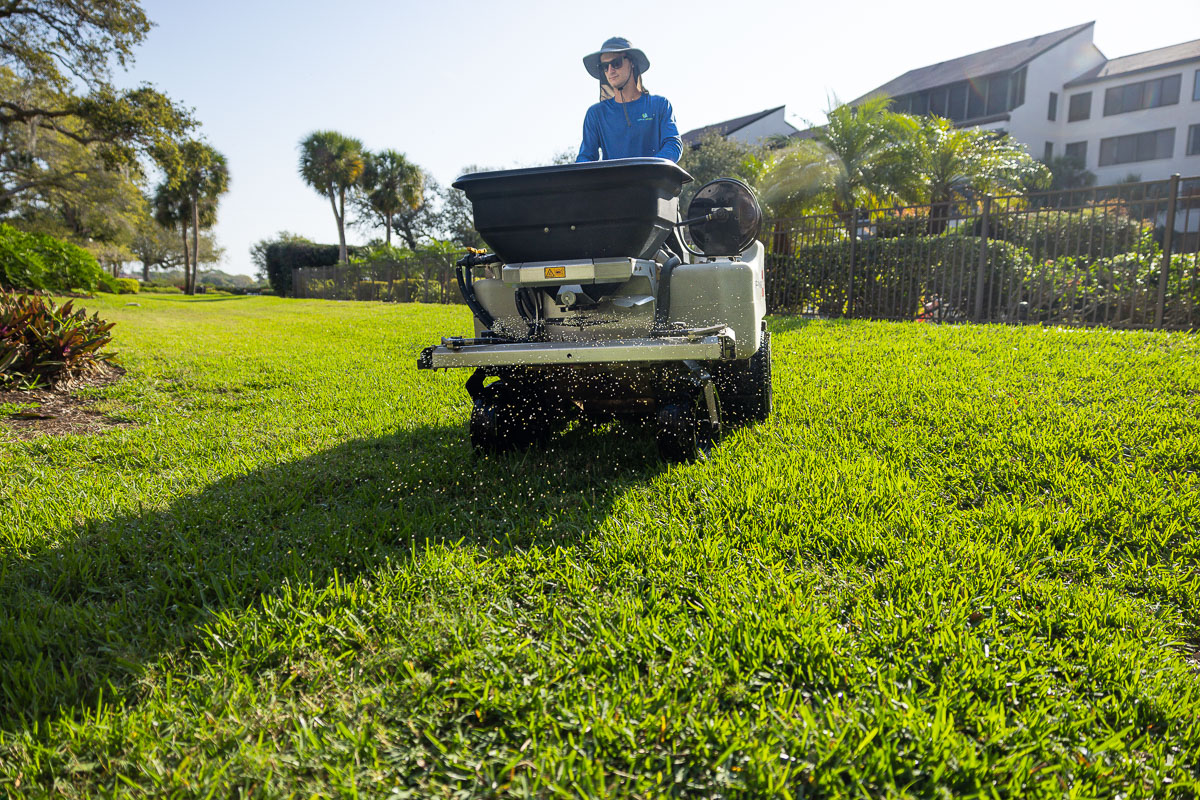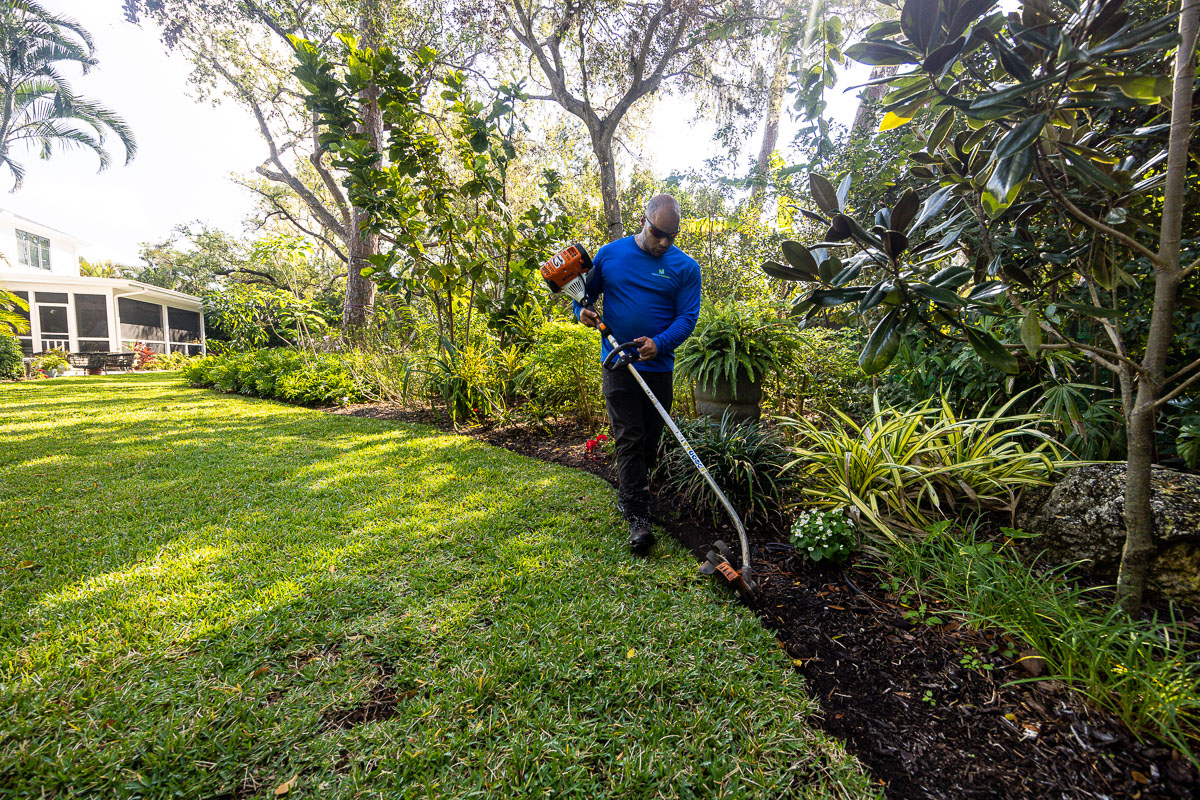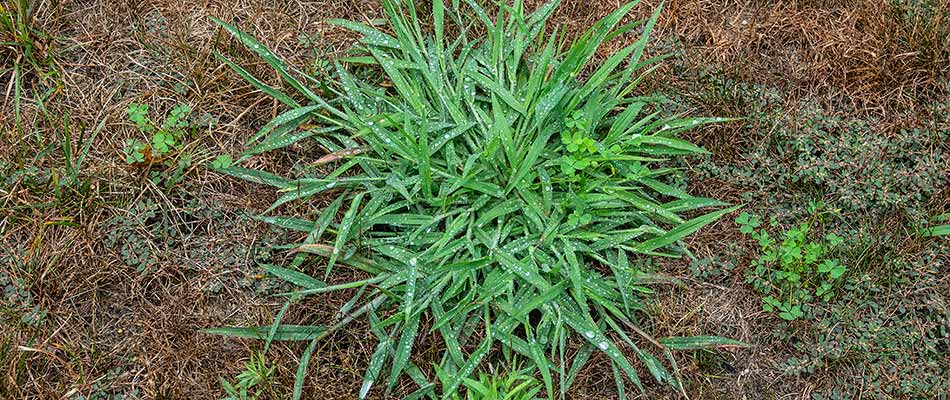


In Sarasota, FL, and surrounding areas such as Siesta Key and Longboat Key, lawns are highly susceptible to the onslaught of crabgrass, a resilient and destructive weed. If you are new to gardening, crabgrass growth may not seem like the end of the world because, to the layperson, the weed looks similar to green grass.
However, controlling this weed is critical as it steals your lawn’s nutrients and moisture, inhibiting grass growth. Crabgrass also has a high stalk space, making it the ideal harbor for pests.
Determining whether you have crabgrass growing on your lawn is the first step in controlling the weed. Crabgrass becomes noticeable for the first time during July and August, and this is when you should be on the lookout for the seedlings.
Crabgrass seedlings have a light green color and look like a miniature corn plant. With a width of around ¼”, crabgrass blades are significantly thicker than lawn grass. The blades grow from side shoots, spreading from a central point as separate branches in a star-like pattern.
In Florida, the sunny spring and hurricane seasons coincide closely with the germination cycle of crabgrass, contributing to the weed’s resilience.
During the Florida dry season, which lasts from October to April, the formation of bare spots on your lawn provides dormant crabgrass seeds access to water. Then, around May and June, as early spring temperatures reach 50° to 55° Fahrenheit, crabgrass seeds begin germinating and breaching the soil.
If your lawn doesn’t have a robust, established root system, the crabgrass won't have any competition and can spread freely. When the weed reaches the peak of its growth cycle, it sprouts a head and drops seeds.
During September, as temperatures start falling, the crabgrass on your lawn will die, leaving a dead patch from which it will emerge to grow again and spread further the following year.

Crabgrass heads release thousands of seeds per year, and they can remain dormant for many years. Killing every crabgrass seed in your garden is impossible, and you may end up killing your healthy lawn grass in the process.
Crabgrass loves bare spots that get a lot of sunlight, and the best way to control this weed is to maintain a healthy lawn with a dense, established root system.
Florida-specific lawn care tips include:
Pre-emergence herbicides form a chemical barrier along the ground surface, preventing crabgrass seedlings from breaching the soil. You’ll need to apply a granular herbicide before spring temperatures rise, preferably before the end of April.
Many gardeners accept crabgrass growth as part of life and manage their germination and growth through proper lawn care. During spring and summer, crabgrass patches here and there will not have a significant effect on your lawn's appearance.
However, if you don't like brown patches forming on your lawn during winter, consider seeding annual ryegrass where you know crabgrass grows. Planting drought-resistant ground covering in the affected areas will ensure that you have a green lawn throughout the year.
If you have an unmanageable crabgrass infestation, you need a professional lawn care solution. At Tropical Gardens Landscape, we will provide you with an effective solution for restoring your lawn. To schedule a crabgrass removal service in Sarasota, Siesta Key, Longboat Key or surrounding areas of Florida, call us today at (941) 993-2442.